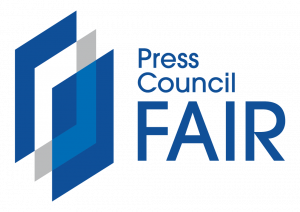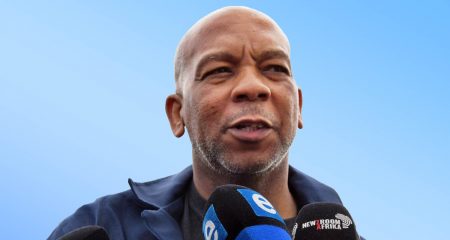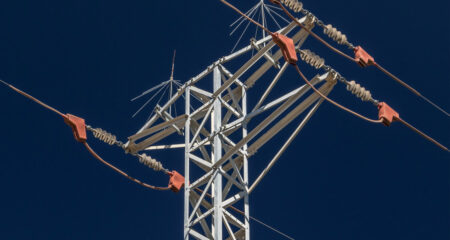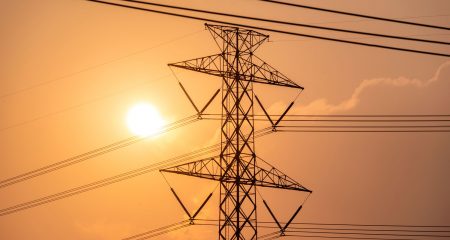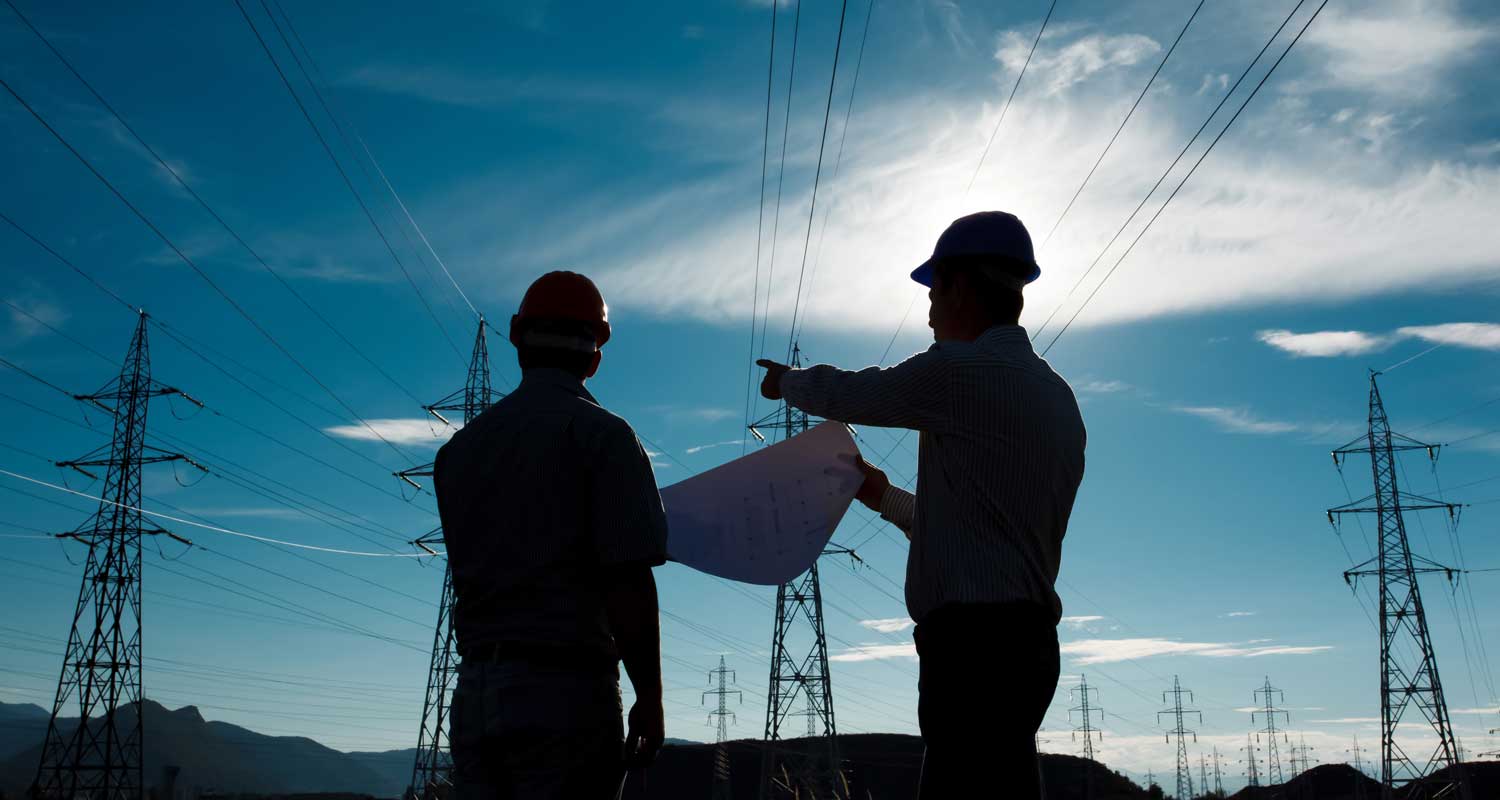 Eskom has turned up the heat with its latest tariff proposal, sparking plenty of conversation, some of it factually incorrect, and leaving solar users feeling confused. While GoSolr agrees that South Africa’s electricity system needs tariff reviews, we’re here to shine a light on the risks of getting them wrong.
Eskom has turned up the heat with its latest tariff proposal, sparking plenty of conversation, some of it factually incorrect, and leaving solar users feeling confused. While GoSolr agrees that South Africa’s electricity system needs tariff reviews, we’re here to shine a light on the risks of getting them wrong.
Tariff reviews may not sound glamorous, but they’re critical to powering up a sustainable, efficient and fair energy system. Globally, these discussions take years; not to find the perfect tariff, but to minimise market distortions. After all, the grid is a natural monopoly, and its operator must recover costs.
However, there’s a delicate balance between covering those costs and keeping prices fair. When tariffs miss the mark, things can get cloudy:
- Too much focus on variable charges encourages customers to cut consumption, overinvest in energy efficiency measures or ways to reduce their reliance on the grid beyond what is optimal.
- Too much focus on fixed charges takes away incentives for energy efficiency, leading to overconsumption, bloated infrastructure investments and higher costs for all.
The solution is a tariff structure that balances the books while encouraging smart energy use and minimising future costs. Done right, it will brighten the outlook for all South Africans.
Eskom claims that 73% of its costs are fixed, justifying a push to increase fixed charges. But does this figure hold water? In markets where generation and distribution are unbundled, generation costs are treated as variable.
Transmission and distribution costs, meanwhile, are largely fixed but include smaller variable elements like maintenance. Applying this global perspective suggests Eskom may be overstating its fixed costs.
If fixed charges rise too much, customers could lose motivation to conserve energy or adopt green technologies, and therefore delaying progress. Instead of a fairer grid, we might end up with overconsumption, pricier infrastructure and sky-high bills.
Solar users are feeling the heat as Eskom proposes a special tariff just for them, with higher fixed charges that feel more like a penalty than progress and this eliminates an opportunity to send proper price signals to customers to adjust their consumption patterns in such a way that costs are minimised for all.
Backward
To some extent, this move risks discouraging solar adoption (it will still be attractive – just slightly less so), which would be a big step backward for South Africa’s renewable energy goals. Solar customers already lighten the load on the grid by reducing demand. Instead of singling them out, Eskom should consider spreading its proposed changes across all users. Better yet, why not tie fixed fees to actual peak usage for a sunnier, more equitable approach?
Read: How Eskom went from zero to unlikely hero
GoSolr sees a brighter future with fair, inclusive tariff reforms that reduce infrastructure costs, spark energy efficiency and fuel renewable innovation. But Eskom’s proposal raises some questions:
- Why single out solar users with higher fixed charges?
- Why not base fixed fees on power usage rather than blanket rates?
- Why are consumers expected to foot the bill for specialised meters when the benefits stretch across the entire grid?
A transparent, forward-thinking tariff structure could energise South Africa’s grid and economic prospects. Let’s ensure tariff reforms protect progress, not monopolies, and give all South Africans a fair shot at powering their future.

Eskom’s proposal isn’t all doom and gloom. With the right tweaks, it could deliver a grid that’s efficient, equitable and forward-thinking. But for now, let’s keep asking the tough questions to ensure this energy debate doesn’t leave anyone in the dark.
- The author, Patrick Narbel, is co-founder of GoSolr
Don’t miss:
‘South Africa can’t afford this’: Eskom price hike plan under fire

